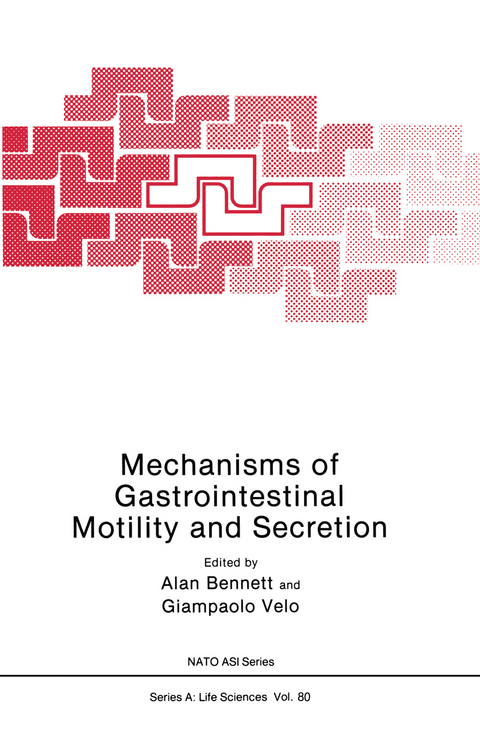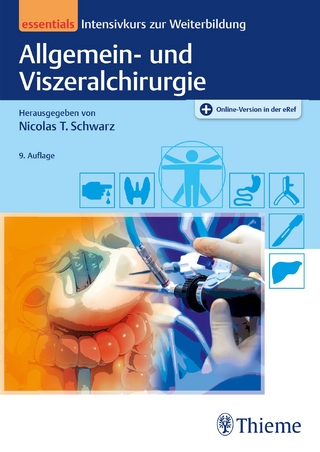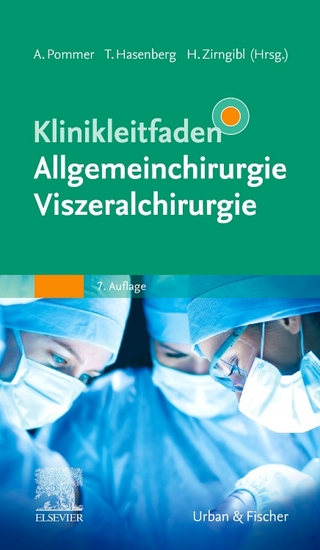
Mechanisms of Gastrointestinal Motility and Secretion
Springer-Verlag New York Inc.
978-1-4684-4855-9 (ISBN)
, 1982, Histamine receptors - their classification and role in gastric acid secretion, in: Receptor Update; Proceedings. Excerpta Medica, Geneva, 29. Angus, J. A. , and Black, J. W. , 1978, Production of acid secretion in the isolated stomach by electrical field stimulation, Br. J. Pharmacal. 62: 460P. Angus, J. A. , and Black, J. W. , 1982, The interaction of choline esters, vagal stimulation and H2-receptor blockade on acid secretion in vitro, Eur. J. Pharmacal. 80: 217. Ash, A. S. F. , and Schild, H. O.
Anatomy of the gastrointestinal tract in relation to motility and secretion.- Techniques for studying gastrointestinal motility in vitro.- Motility: Methods for in vivo measurements.- Smooth muscle electrophysiology.- Electrophysiological studies of myenteric neurons in tissue culture.- Gastrointestinal nerves, hormones and autacoids in relation to human gastrointestinal motility.- Distribution of gut peptides and their actions.- Histamine and the digestive functions.- Relationships of prostaglandins to gastrointestinal motility and secretion.- Gallbladder motility and its regulation.- Histopathological findings relating to disordered motility and secretion.- Neuro-hormonal control of gastric acid secretion: The role of histamine.- Gastrointestinal mucus.- Intestinal absorption and secretion of fluid and electrolytes.- Gallbladder fluid transport.- Relationships among intestinal motility, transit and absorption.- The entero-insular axis.- Neuro-hormonal control of exocrine pancreatic secretion in humans and animals.- Acute and chronic actions of alcohol on pancreatic exocrine secretion in humans and animals.- Dopamine antagonists as anti-emetics and as stimulants of gastric motility.- Mechanisms by which metoclopramide can increase gastrointestinal motility.- Laxatives: A review of their mechanisms of action.- Lectures.- Participants.
| Erscheint lt. Verlag | 25.11.2012 |
|---|---|
| Reihe/Serie | Nato ASI Subseries A: ; 80 |
| Zusatzinfo | VIII, 359 p. |
| Verlagsort | New York, NY |
| Sprache | englisch |
| Themenwelt | Medizinische Fachgebiete ► Chirurgie ► Viszeralchirurgie |
| Medizinische Fachgebiete ► Innere Medizin ► Gastroenterologie | |
| ISBN-10 | 1-4684-4855-2 / 1468448552 |
| ISBN-13 | 978-1-4684-4855-9 / 9781468448559 |
| Zustand | Neuware |
| Haben Sie eine Frage zum Produkt? |
aus dem Bereich


